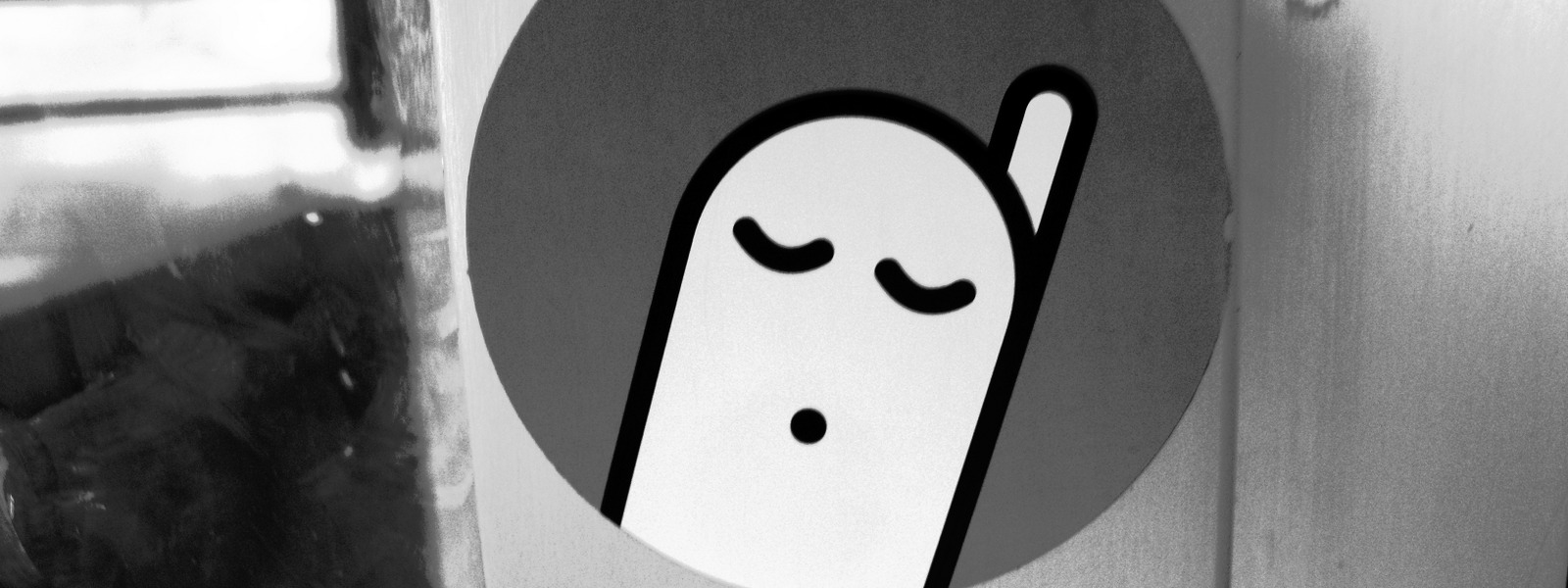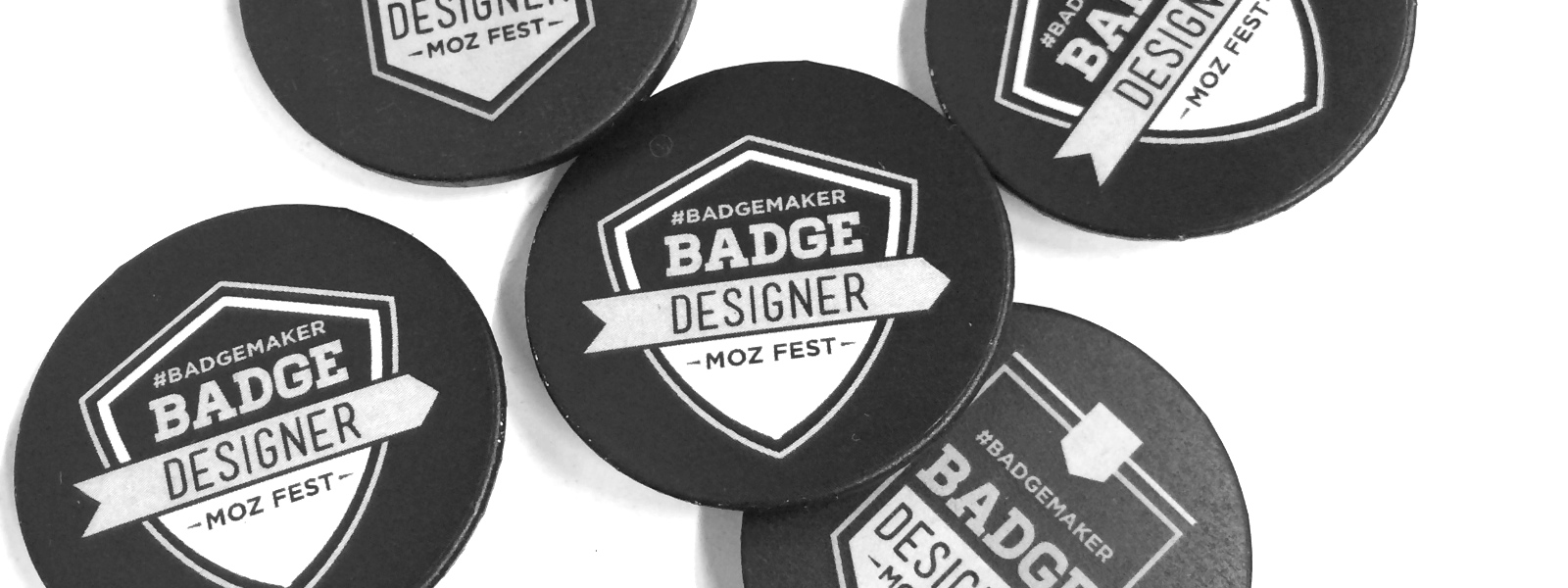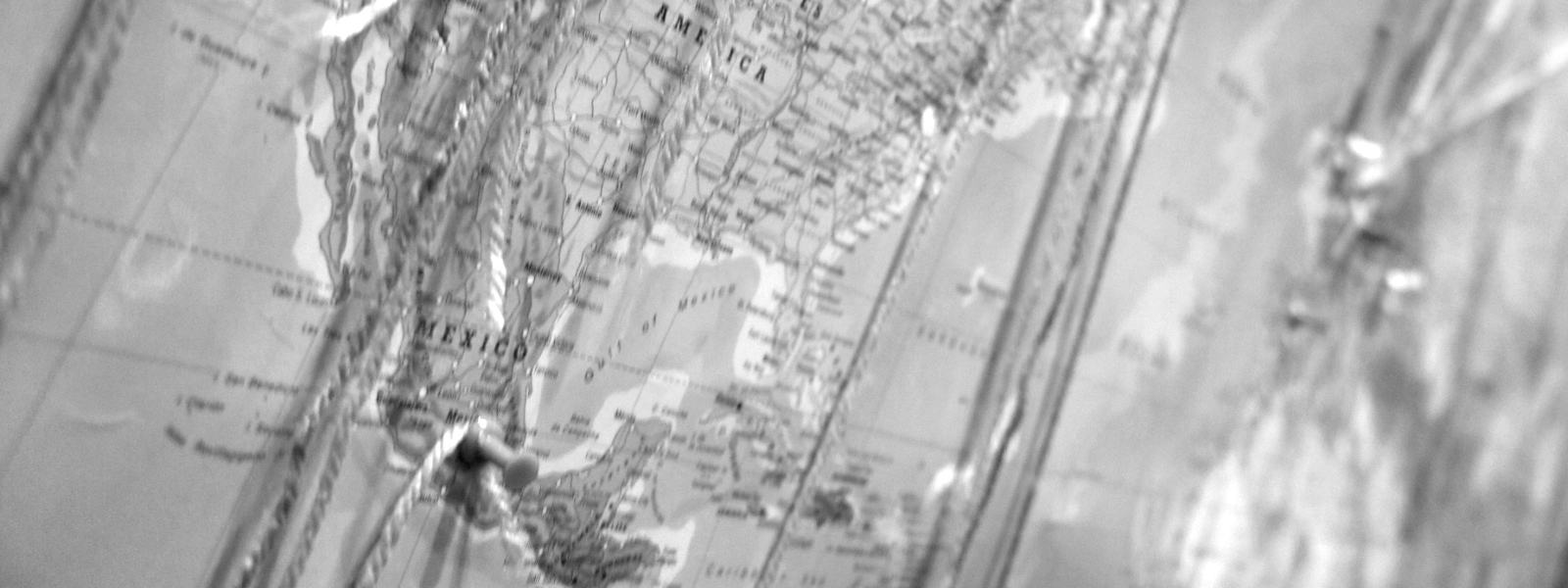Bad Parenting (or, On The Meditative Nature of Screens)
TL;DR: Screens are enticing, but as parents we should be modelling better behaviours in front of our children than the ‘stare and scroll’.
Last year I wrote a post in response to one by Patrick Rhone entitled Reading books in front of kids is not enough. In the concluding paragraph I wrote:
Sharing is caring. Enthusiasm and curiosity is infectious. Just seeing Daddy read a newspaper or a book means absolutely nothing in and of itself. We need to model the behaviours we want to see. I’m all for encouraging children to read – let’s just not kid ourselves that letting them see us read physical books is enough.
I’m increasingly concerned about the behaviour of parents while using technology (specifically mobile devices) in front of their young children. And before I start to throw stones around this glasshouse, let me say that this is something I struggle with as a parent too.
The reason for not saying anything before now is because I thought it would be a fad: people get new, shiny smartphones and can’t keep their hands off them. But I see it turning into something a bit more worrying and sinister. As someone who works for a technology company that’s started work on creating mobile devices I don’t take this at all lightly.
Today, for example, I went out for breakfast. On a table near me a young couple sat down with their son, who must have been about 18 months old. Without saying anything to him, they pulled out their smartphones and started the ‘stare and scroll’ I’ve seen so often amongst parents recently. Unlike his mother and father, the child was provided with no form of entertainment while they were waiting for breakfast to arrive. Predictably, after five minutes he got down from his chair and started making noise to get the attention he craved. To pacify him, his mother handed over her phone and he started the now-familiar ‘toddler swipe’ through photos.
Parenting is hard. We all know that. But this kind of thing is happening all over the developed world. Catherine Steiner-Adair is a clinical and consulting psychologist who interviewed 1,000 children about the role of screens in their lives. The quotations below by her a taken from a New York Times article:
“Children of all ages — 2, 15, 18, 22 — used the same phrases to talk about how hard it is for them to get their parents’ attention when they need it: sad, angry, mad, frustrated,” she said. They were complaining that their parents were focused on screens, she continued, “like a child’s chorus of all ages, talking about this new sibling rivalry, only it’s not a new member of the family — it’s a new screen, it’s a device.”
Amongst the five web literacies Howard Rheingold identifies is attention literacy. To me, that not only applies to the attention you pay on the web, but also decisions you make about the relative value of the things around you. While it’s absolutely OK to check your social stream in front of children, in their eyes you doing so for a protracted amount of time makes them seem second-best.
Paying more attention to your screen than your child is also dangerous. Although there’s currently no proof of causation, it’s certainly odd that the dawn of smartphones is correlated with a rise in childhood injuries – bucking a longstanding downward trend. This certainly meshes with my experience: the number of parents I’ve seen pushing their kids on the swing in a park with one hand while scrolling through their Facebook feed with the other is staggering.
Finally, it worth saying that neglect isn’t just a physical phenomenon, it’s an emotional one too. I wonder what we’re going to reap as a society in twenty years’ time from what we’re currently collectively sowing?
As parents we can do better than this. We must do better than this.
Image CC BY-SA Paul Boxley



